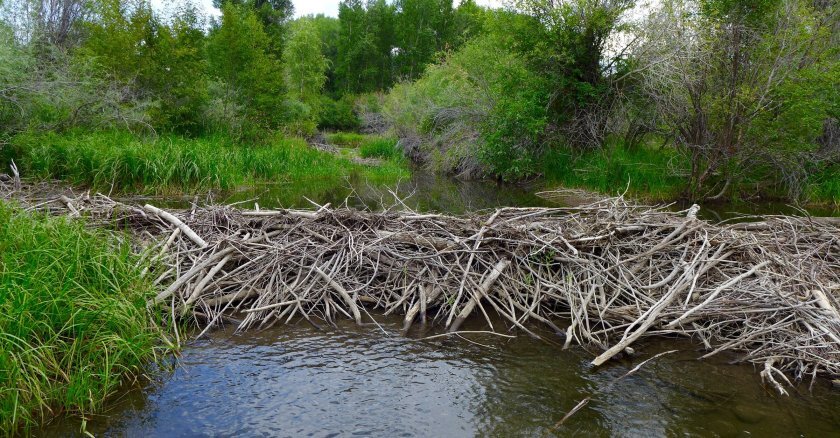Climate change and decades of taking more water from the river than it can give has put water and power supplies for the Basin residents at risk. Even after heavy snowfall this year, the river’s reservoirs are at only around 30 percent of capacity. It will take more than one wet winter or temporary agreements to bring the river back from the brink of disaster.
Long-term water security requires treating the needs of the Colorado River itself as equal to our own needs. That means more than leaving enough water in the river for it to flow at sustainable levels. It also means protecting the surrounding floodplains, forests and other open spaces essential for its health.
Over time, man-made dams, levees and other land management decisions have disconnected the Colorado River from its tributaries and wetlands. This both degrades water quality and makes it harder to capture stormwater and store groundwater. Projects that restore floodplains and wetlands support river ecosystems while also protecting communities from catastrophic flooding and wildfires.
Recent work on the Gunnison River, a tributary of the Colorado, provides a model for success. In the past, beavers that populated the area would build dams that created more complex river flows. As their populations declined, the dams that benefited the river also went away. Today workers on the river create beaver dam replicas using nearby branches, rocks and other materials. These small, intentionally leaky structures re-establish wetlands that soak up, store and slowly release clean water into the river throughout the year. Communities in the area now enjoy a natural firebreak and more reliable water supplies.
Agriculture uses the vast majority of the West’s water supplies, and farmers need help to do more with less. Reduced till farming is a practice that limits the amount of soil that is disturbed when planting crops. This can reduce erosion and increase the amount of water the soil can absorb. As a result, farmers use less irrigation and leave more water in the river. Helping farmers switch to water-efficient strategies like this can help keep the Colorado River flowing.
The ripple effect of nature-based solutions can create an outsized benefit. Healthy forests and wetlands absorb carbon dioxide from the atmosphere, helping us tackle the climate crisis. Protecting rivers, streams and open spaces supports outdoor recreation and local tourism economies.

(NASA Earth Observatory)
Colorado Basin states need to do their part by supporting long-term strategies for the river that benefit both people and nature. This includes ensuring that tribal nations are able to help drive river management decisions. Their expertise and experience will create more informed and effective solutions, and an inclusive process leads to better outcomes for everyone.
The federal government has recognized the scale of the challenge facing the Colorado. The Inflation Reduction Act includes $4 billion to help states address the crisis on the river. To date, funds have been allocated for shorter-term conservation, but they have not established a process to fund the ecosystem and habitat protection work necessary for real water security. If we are serious about keeping the Colorado River flowing for the next generation, federal officials need to prioritize funding for nature-based solutions. Foundations like ours can then augment both state and federal funding by infusing additional capital.
Securing a brighter future for the Colorado River Basin means looking out for both people and nature. At the end of the day, we’re all in this together.
Moira Mcdonald is the director of the environment program at the Walton Family Foundation. Jordana Barrack is the executive director of the Mighty Arrow Family Foundation. Both foundations do extensive work on Colorado River issues.
Governing's opinion columns reflect the views of their authors and not necessarily those of Governing's editors or management.
Related Content













